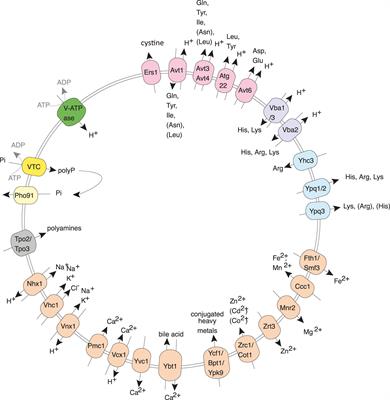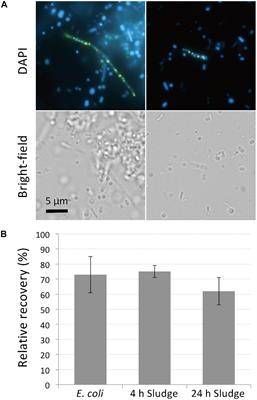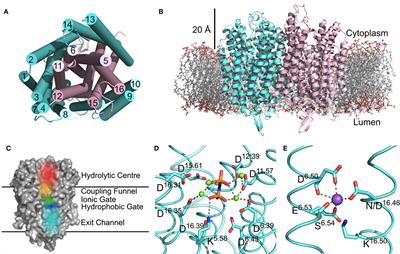EDITORIAL
Published on 26 Mar 2021
Editorial: Pyrophosphates and Polyphosphates in Plants and Microorganisms
doi 10.3389/fpls.2021.653416
- 2,669 views
- 5 citations
17k
Total downloads
89k
Total views and downloads
EDITORIAL
Published on 26 Mar 2021
ORIGINAL RESEARCH
Published on 12 Aug 2020

REVIEW
Published on 14 Jul 2020

REVIEW
Published on 30 Jun 2020

REVIEW
Published on 26 Jun 2020

ORIGINAL RESEARCH
Published on 26 May 2020

ORIGINAL RESEARCH
Published on 30 Apr 2020

ORIGINAL RESEARCH
Published on 17 Mar 2020

ORIGINAL RESEARCH
Published on 21 Feb 2020

OPINION
Published on 14 Feb 2020

REVIEW
Published on 22 Nov 2019

